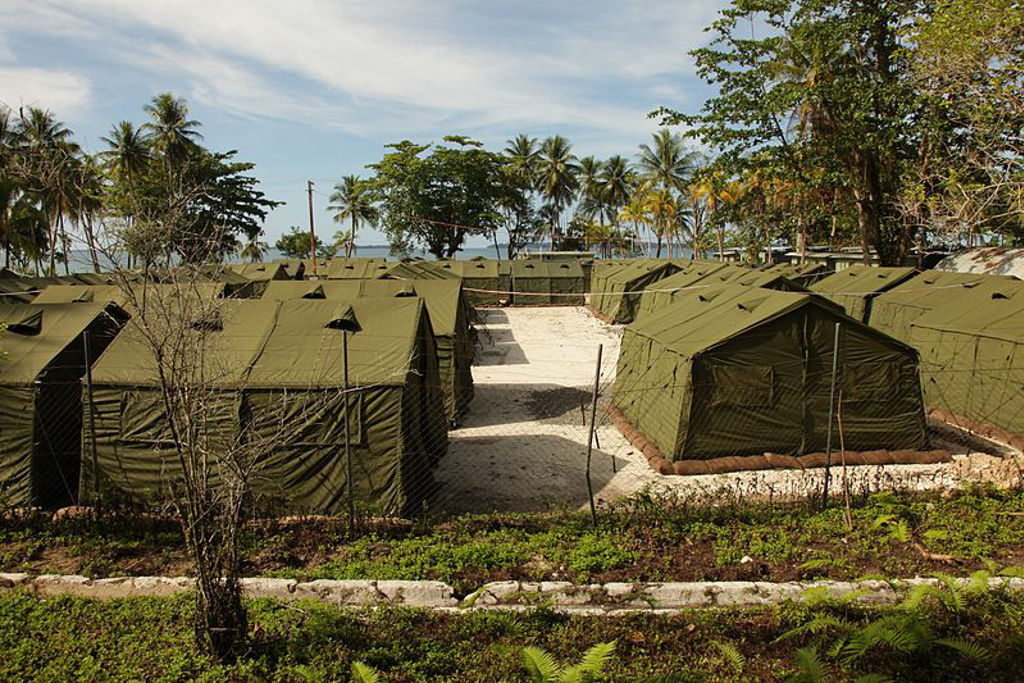Why I’m Boycotting The Biennale Of Sydney
Still sitting on the fence? Here's a flowchart that will help.

Despite the fact that I hate families and crowds, I love the Biennale of Sydney: squeezing onto a crowded ferry, getting sunburnt wandering around Cockatoo Island, suppressing the urge to tell the kids to STOP TOUCHING THE ARTWORKS. So when Matthew Kiem’s call to boycott the event started doing the rounds – over its sponsorship ties to Transfield, one of the contractors that run the detention centres on Nauru, which will soon be taking over welfare services from the Salvation Army on both Nauru and Manus Island – I was torn.
The question of whether to support or boycott the Biennale is complex, and raises a number of other questions:
- Does a boycott achieve anything?
- Is the Biennale a valid target?
- If you boycott the Biennale, who else should you be boycotting?
As Edward Sharp-Paul pointed out in this publication, it’s naïve to call on the Biennale to simply cut its ties with Transfield. The company is a founding partner of the festival and Luca Belgiorno Nettis has been involved from the get-go. It might be even more naïve to call on Transfield to dissolve its lucrative detention centre contracts.
Still, these difficulties don’t change the fact that Transfield and the Biennale of Sydney are profiting from human rights violations – taking part in an economy that supports a shameful asylum seeker policy, one that has fatal consequences.
Before the reports from Manus Island earlier this week, I was undecided about a boycott. But these events highlight exactly why I can’t attend. I respect the choice of others who do, and I respect the artists who decide to remain involved in the event. These artists have a legitimate voice, but just as freedom of expression is a universal human right, so is seeking asylum.
Until Artistic Director Juliana Engberg’s hope that the event “can provide a platform for discussion” translates into action that openly addresses these issues and engages the refugee community, I cannot in good conscience support the festival.
If you’re still sitting on the fence, perhaps this flowchart will assist you. (Click to enlarge.)
–
–
ADDENDUM:
The most important question missing from this flowchart is ‘Does it matter to you that refugees have called for a boycott?’, as pointed out by Alana Lentin in the comments below. In truth, when I wrote this article and drew the chart, I wasn’t aware that they had.
This is part of a larger problem to do with the visibility of refugee voices in this discussion — both in terms of what gets written and what gets shared. We all heard when a group of artists issued an open letter to the Biennale, but by then we should have already known about the open letter that RISE — a not-for-profit incorporated association of refugees, survivors and ex-detainees — issued to artists two days beforehand. Read that letter, share it, then ask yourself if you’ll still attend the Biennale.
–
The 19th Biennale of Sydney runs from March 21 until June 9.
–
Aden Rolfe is a writer and editor whose practice includes poetry, performance writing and criticism. He works as a copywriter in the arts, publishing and corporate sectors. His website is here.
